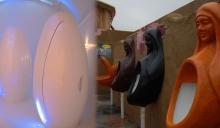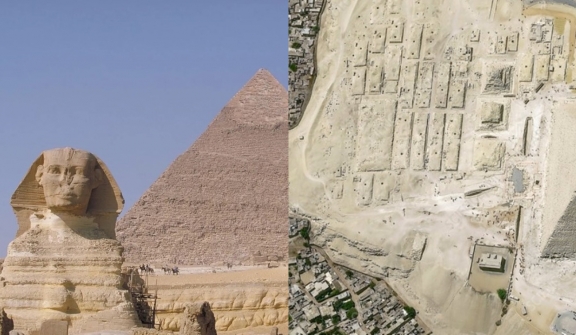
A surprising discovery has been made near the Great Pyramid of Giza in Egypt.
Archaeologists have found a hidden structure under the sand, which is a major breakthrough. This finding will greatly contribute to our understanding of the ancient wonders in that area.
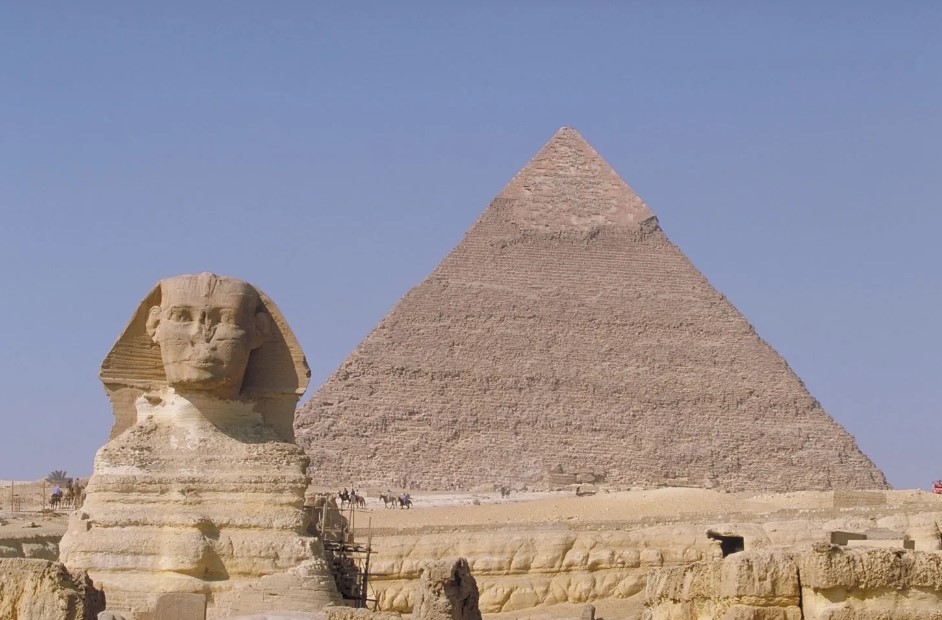
The findings were published in a report by researchers from Egypt's National Research Institute of Astronomy and Geophysics, as well as Japan's Higashi Nippon International University and Tohoku University.
It clarified an extraordinary L-shaped structure buried beneath the sand.
Measuring approximately 33 by 49 feet and located between one-and-a-half and six-and-a-half feet below the surface, this enigmatic structure stands in stark contrast to the pyramids towering above.

Remarkably, the structure is completely filled with sand, suggesting that it was intentionally filled after its construction.
Furthermore, beneath the structure, the researchers detected a highly electrically resistive anomaly spanning about 33 by 33 feet, located at a depth of 16 to 33 feet.
The strange anomaly, thought to be made of sand and gravel with empty areas or spaces, has left the experts curious about why it exists and what it means.
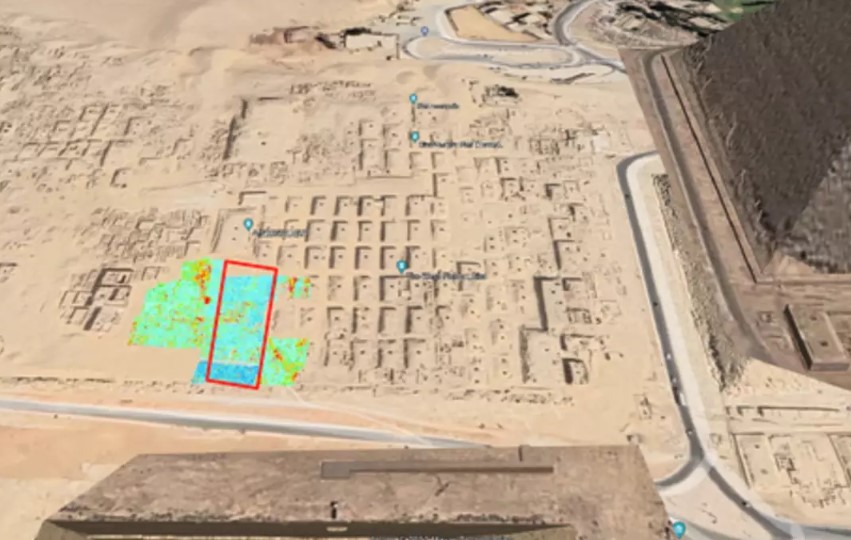
This area is famous for containing the tombs of King Khufu's relatives, which were built above burial shafts. Surprisingly, the structure doesn't seem to have any tombs; it's just a sandy patch.
To discover the secrets of this enigmatic structure, the research team employed ground-penetrating radar (GPR) and electrical resistivity tomography (ERT) techniques.

Their initial analysis indicates the possibility of vertical limestone walls or shafts forming the upper structure.
After carefully studying a painting on the wall of Djehutihotep's tomb, a prominent figure from ancient Egypt, scientists have revealed the important role of water in building the Great Pyramid of Giza.
The painting on the wall, which is believed to be from approximately 1900 B.C., shows a scene where 172 men are using ropes and a sled to transport a statue.

The experiments conducted by the scientists brought about a remarkable discovery.
They found that when water was added to dry sand, it greatly decreased friction and made the sand smoother, preventing it from clumping together.
This groundbreaking finding revealed that wet desert sand, when appropriately moistened, becomes nearly twice as rigid as dry sand.
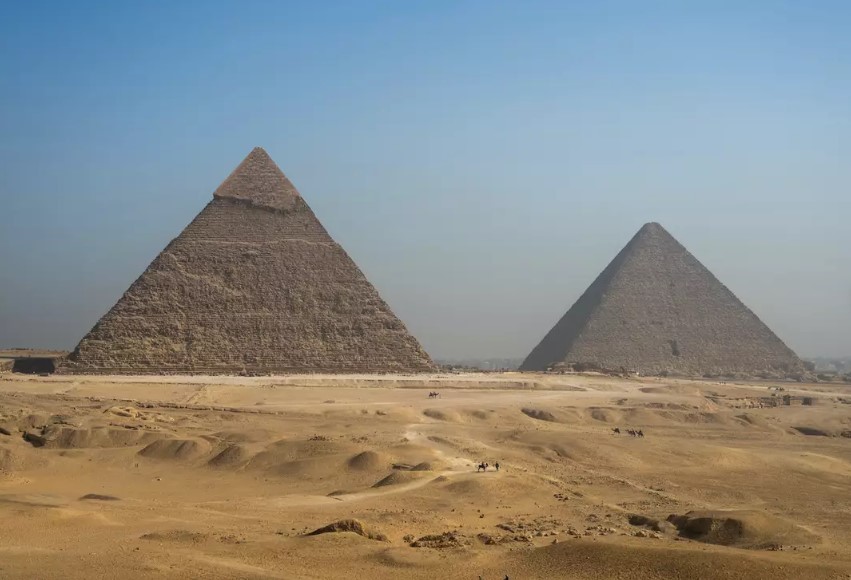
Therefore, the force needed to pull heavy objects over wet sand was reduced by up to 50% compared to dry sand.
This newfound knowledge gave the ancient Egyptians the ability to take advantage of the beneficial characteristics of wet sand, enabling them to transport enormous stone blocks and construction materials more effortlessly.


